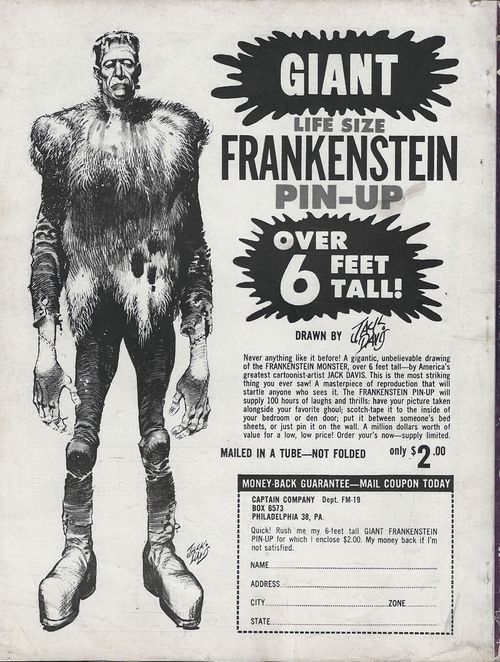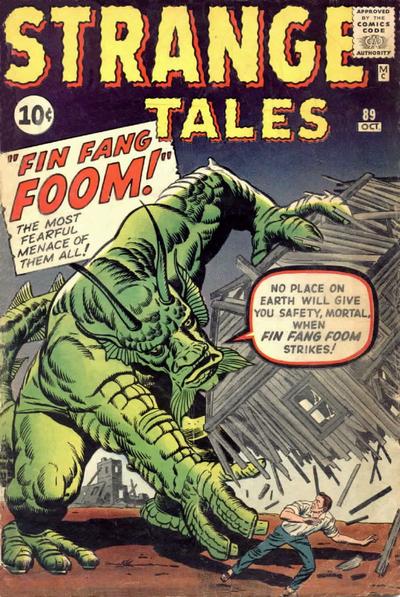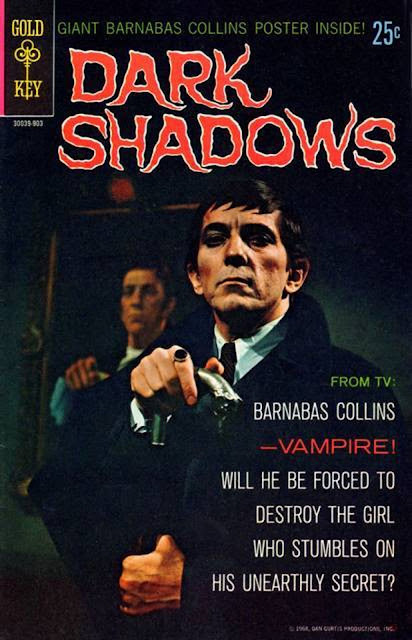Like so many things in our culture the sudden and abiding interest in ghouls and goblins was television's fault. It began with "Shock!", a package of fifty-two horror and mystery films from Hollywood's golden era making its way to the small screen. These tepid films, mild by almost any era's standard, were still seen as just possibly too much for the tender psyches of America's youth and to avoid widespread condemnation but yet still reap some profits the folks who put this together didn't offer it to national TV but rather to regional stations in syndication. Those individual stations hired ghost hosts of sundry kind and put the shows on at the least objectionable hours they could find in the television landscape. Still the youth found these movies and gobbled them up with glee. Suddenly Frankenstein, Dracula, Wolfman and the Mummy among many others were shambling around in America's living rooms and it was good...for business.
One of the amazing things about Famous Monsters though was that as influential as the articles and stills might have been, the Captain Company might have been even more so to the collective memories of the "Monster Kids". Captain Company was the mail-order side of the Warren operation and showcased many monster and fantasy products that kids might order and certainly would want to order. Like the wishbook from Sears every Christmas season, this was a poor kid's window into what was possible.
I wanted so many things from the Captain Company but perhaps nothing so much as the life-size posters of Frankenstein by Jack Davis. There's one for Vampirella too by Sanjulian but who'd dare bring that into a home overseen by a God-fearing Mamma! Not me.
A lot of space is spent discussing and showcasing the wonderful Aurora model kids which allowed "Monster Kids" to actually collect and build their own versions of these awesome monsters.
That extended to such strange quasi-monster things such as Rat Fink created by car designer and artist Ed "Big Daddy" Roth. Rat Fink's imitators are given some space as well. Goofy and gruesome about covers it.
Marvel monster comics get a few pages with my personal favorite Atlas-era monster "Fin Fang Foom" getting a page all to his titanic self. But aside from the monsters there's no coverage of Marvel's other supernatural and monster endeavors nor is there any talk of DC's revival of mystery and ghost tales at their shop. Perhaps this has to do with the somewhat arbitrary cut-off point of 1972 but still there was much done by the "Big Two" before then.
Getting a lot of love though and properly so are the Warren magazines which followed on after the success of Famous Monsters. Creepy, Eerie, and Vampirella all get some discussion and some tasty artwork from Jack Davis and other talents of the time.
A great many pages are devoted to the TV monsters such as The Munsters and The Addams Family. Voger suggests the appearance of these two shows almost simultaneously on home screens marks the apogee of the monster craze in America and it's hard to dispute this point, though monster stuff stayed around for a long time in some form or other. The John Astin interview was a highlight and there's much more on the actors in both series.
And clearly the author was a monster fan of Dark Shadows, the ABC television soap opera which weirdly normalized the vampire and made it suitable faire for the living rooms of America. The succees of Barnabas Collins and other stars of the show are discussed at length and several interviews or portions of same are highlighted. Voger and his late wife have talked to a lot of folks over the years and that material bears fruit in this tasty tome.
Jonathan Frid's vampiric mug is a great way to wrap up this month-long Halloween celebration. Mark Voger has fashioned a fun look at the monster craze, a fad that lingers still in the general background of modern American society. While monsters have become less faddish, they have become oddly normalized in a way that 1960's America would've found stunning. Voger's fannish book does a decent if incomplete job of showing how that happened.
Rip Off















Talking of monsters, I've been called one a few times in my life, but never as a compliment. (Not that it would be.) Talking of Aurora, apparently, anticipating criticism from parents for their models, they employed psychologists to investigate what effect such a theme would have on young minds, and their view was that when such things are reduced to the level of play, they become innocuous. Surely that means that kids become inured to horror, which you would think wasn't a good thing?
ReplyDeleteOr the kids are trained not to be afraid of mythical monsters and can make a distinction between those things and the actual world they live in. Trivializing monsters seems not a bad idea.
DeleteOh by the way...Happy Halloween!
DeleteAnd happy Hallowe'en to you, RJ. I think Aurora's chief concern was the guillotine model, because it made the act of decapitation look like fun.
DeleteA great post! Happy Halloween!
ReplyDeleteHappy Halloween back John.
DeleteSome of that art is just so beautiful. Like frame-worthy wonderful. Hope you are enjoying some monsters today!
ReplyDelete🎃 Happy Halloween! 🎃
Had a dandy Halloween and hope you did too.
Delete